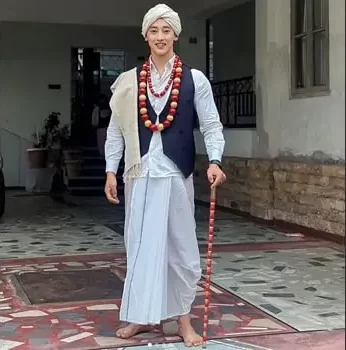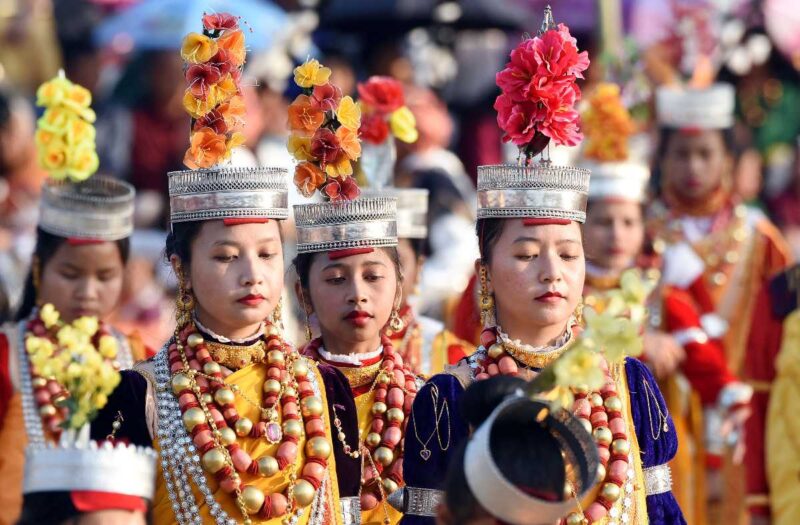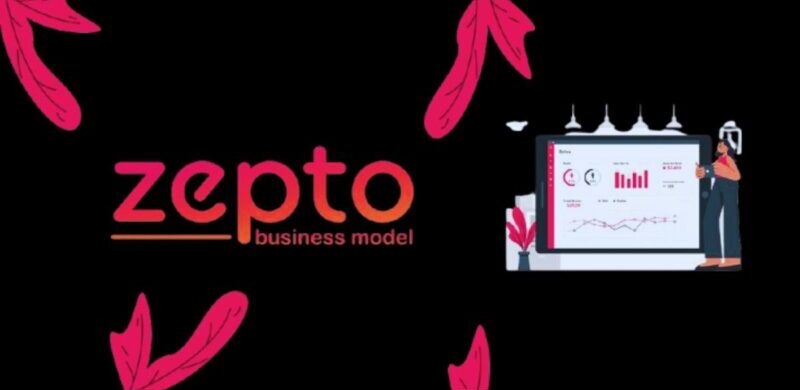Meghalaya, a splendid state on India’s northeastern coast, is often referred to as “the abode of the clouds.” According to legend, the state was once home to 16 families—nine from heaven and seven from earth. Today, Meghalaya is inhabited by tribes such as the Jaintia, Khasi, and Garo, each with its own unique traditions and ways of life. One of the oldest and primary sources of income in Meghalaya is weaving, with the Garo tribe being particularly renowned for their skilled weavers. The traditional dress of Meghalaya provides a fascinating glimpse into the region’s cultural richness. In this article, we will explore the traditional dress of Meghalaya for both men and women.
Traditional Dress of Meghalaya for Men

The traditional dress of Meghalaya for men varies among tribes. The attire of the Jaintia and Khasi tribes is somewhat similar: a long, unstitched dhoti wrapped around the waist, complemented by a jacket or shirt. During special occasions like Ka Pom-Blang Nongkrem and Ka Shad Suk Mynsie, men may wear a silk turban and carry a ceremonial sword.
In contrast, the Garo tribe traditionally wears a handwoven loincloth, though such attire is generally reserved for festivals and significant events. Nevertheless, the pride in traditional attire is evident throughout Meghalaya.
Traditional Dress of Meghalaya for Women

1. Jainsem
The Jainsem is a traditional dress worn by women in Meghalaya, made from mulberry silk—a local specialty. Over this garment, women wear a tap-moh khlieh, a cotton shawl that adds to the ensemble.
2. Kyrshah
During the harvest season, women from the Jaintia tribe adorn themselves with a chequered cloth called Kyrshah. They pair this with a velvety blouse and an ankle-length sarong or Thoh Khyrwang. For festive occasions, women embellish their look with silver and gold ornaments, often including a gold pendant known as Kynjri Ksiar.
3. Jainkup
Elderly women from the Jaintia clan wear the Jainkup, a full-sleeve woolen blouse with intricate lace embroidery around the neck. This outfit is accessorized with red coral and white beads, a silver or golden crown, and elegant golden earrings. The Jainkup is often worn by women performing traditional dances during the Khasi Festival.
4. Dak Manda
The Garo tribe’s Dak Manda is a handmade lungi wrapped around the waist. Depending on their living environment, the Garo people may wear long cotton dresses in densely populated areas or a smaller piece of cloth called ‘eking’ in more remote regions. Garo women adorn themselves with brass earrings, called Nadongbi nr sisha, Natapsi for the upper earlobe, and Ripok or Necklaces, made of red, silver, brass, or cornelian glass beads for special occasions.
Traditional Wedding Dress of Meghalaya for Men and Women
For weddings, brides typically wear a Jainsem or a Dhara made from saffron or yellow mulberry silk, complemented by silver and gold crowns. The groom wears a Jymphong, a sleeveless jacket with a red cock motif, yellow lines, and floral decorations. This jacket, fastened with a Chinese frog closure, is deep blue with golden or silver tassels. The groom’s waist is covered with a silk belt designed with golden thread on the borders of Jainboh. In addition, Khasi men may wear a Jainspong, a turban in yellow and red.
Conclusion
The traditional dress of Meghalaya, though varied among tribes, showcases the state’s rich cultural tapestry. Each community, while maintaining its unique style, contributes to a harmonious blend of traditions. Meghalaya’s people take great pride in their cultural heritage, with traditional attire and accessories being an integral part of their identity. While modern times have seen a shift, with men often reserving traditional attire for special occasions, women continue to embrace and preserve their ancient dress traditions.















